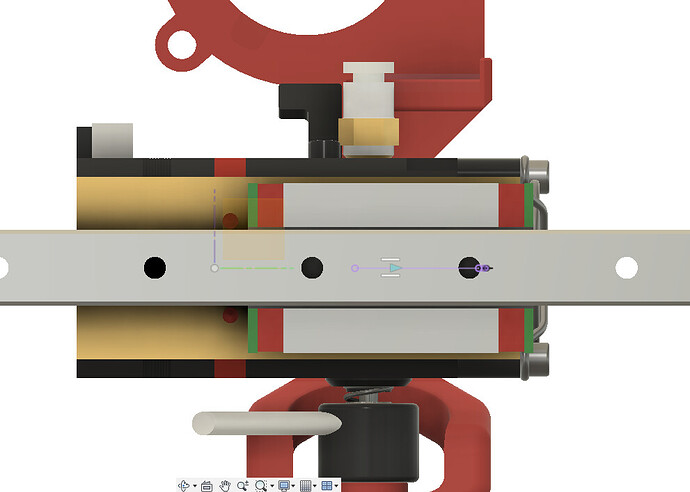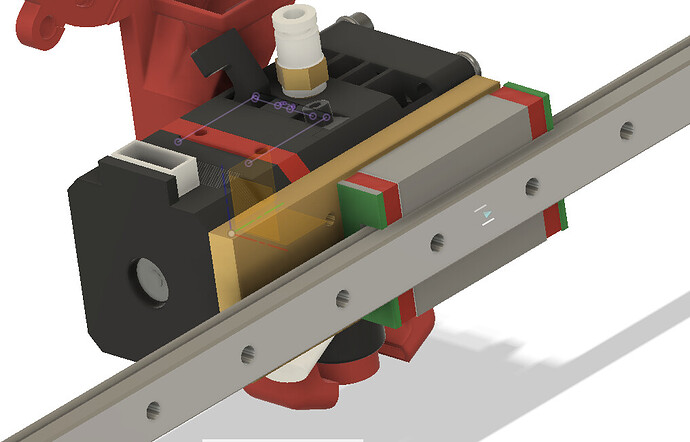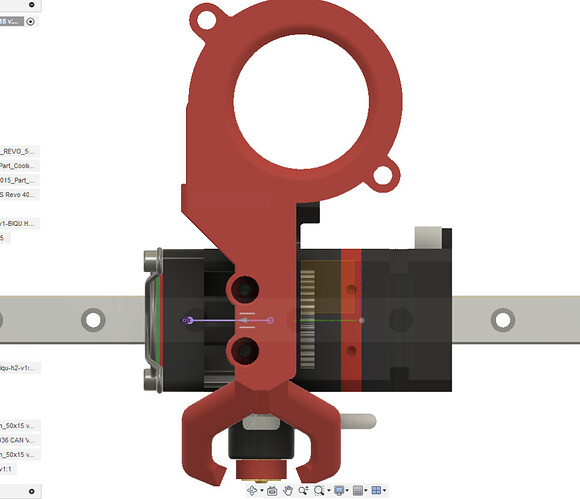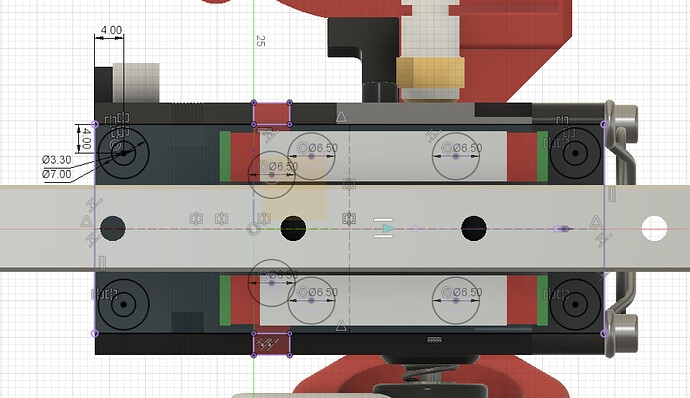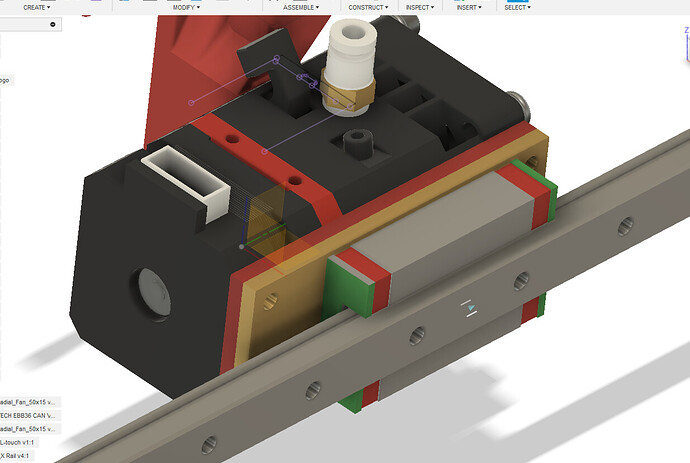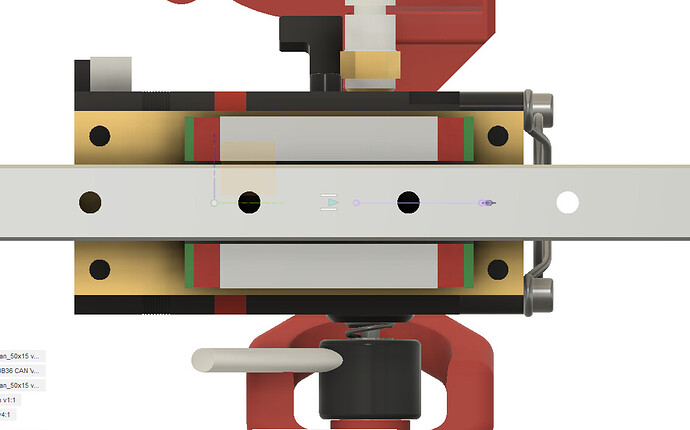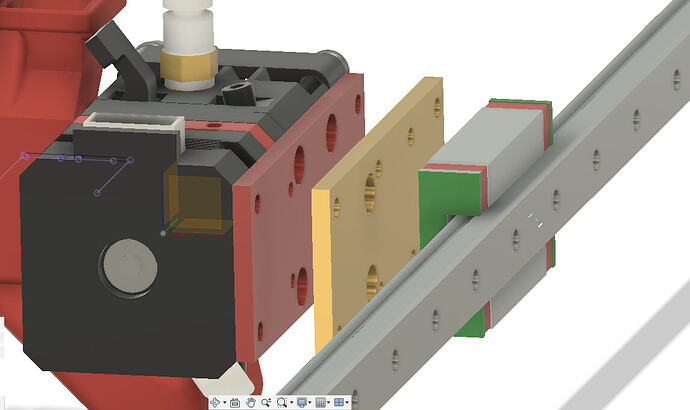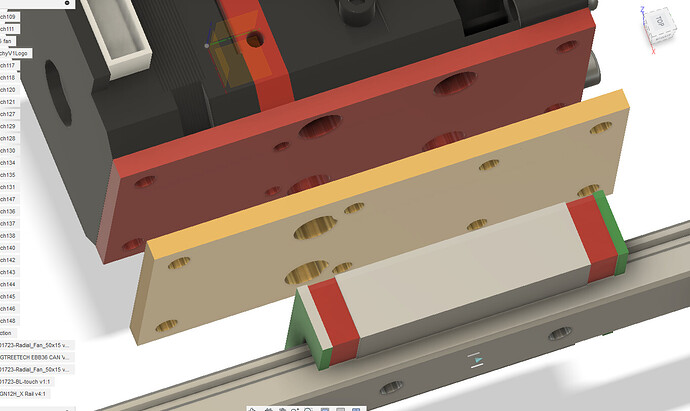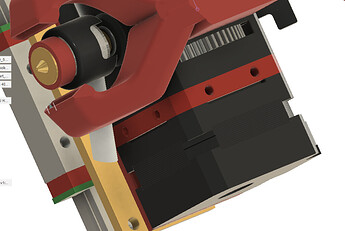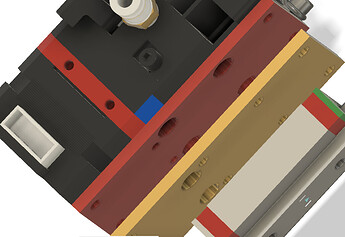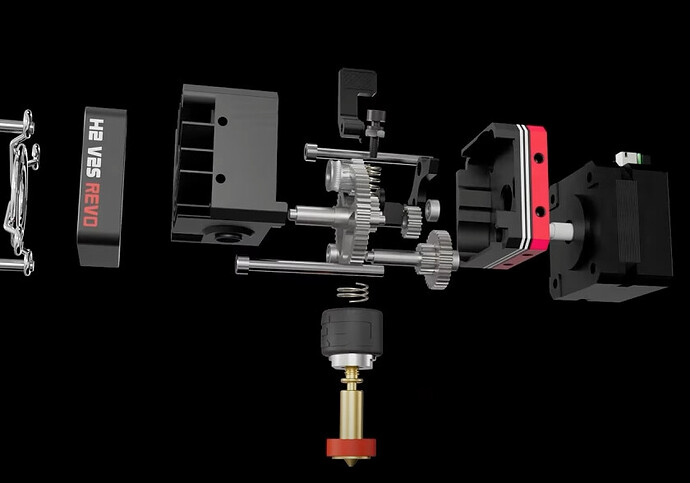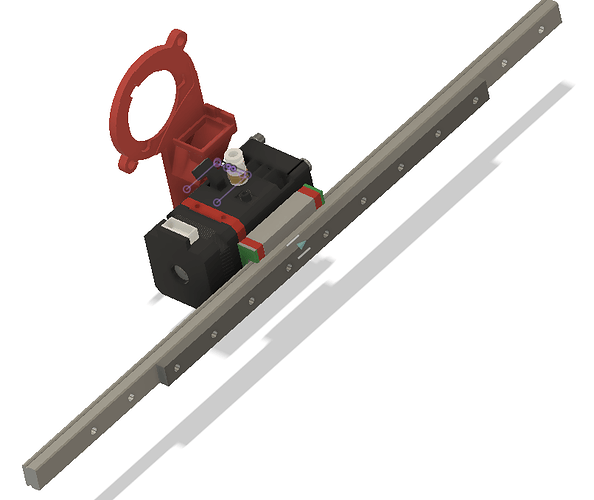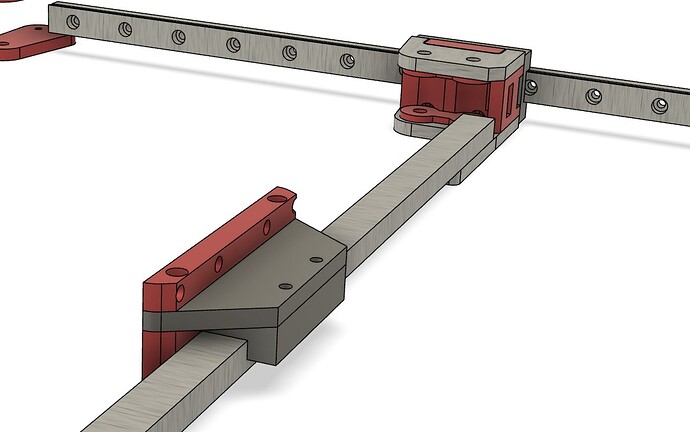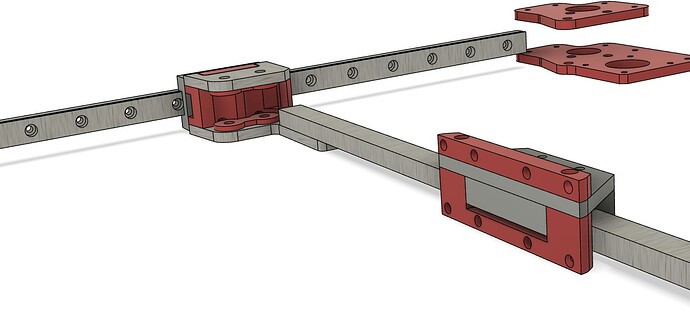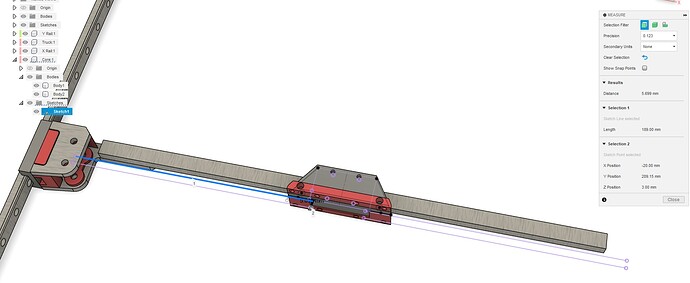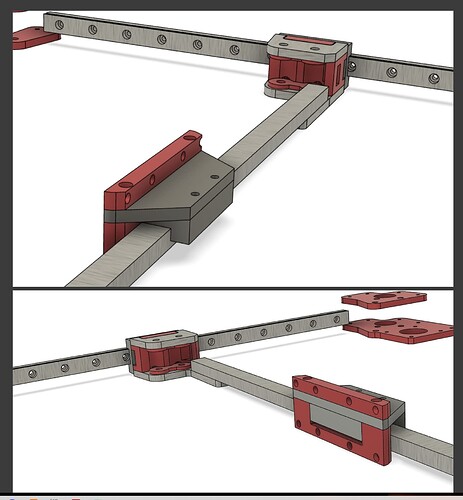It’s not that I “want” it vertical, but if I were designing the printer, it’s likely what I would do.
Most of that is rooted in “feels” more than anything else, and maybe just because it’s what it feels like I see more often.
It feels like vertical would be the stronger orientation. Probably because it just feels wrong to me have the flat or skinnier side facing up when building things across a span. So it just “feels” wrong to me, but only because it’s something engrained in me from all other things I’ve built where it matters.
I don’t really know, though, how much deflection a 400mm rail has with just a 1-2lb toolhead riding on it.
Turning it vertical though could also cause some vibrations, I guess, in the Y direction at the center of the rail at high speeds, which is why I assume most of the ones I’ve seen have some extrusion reinforcement.
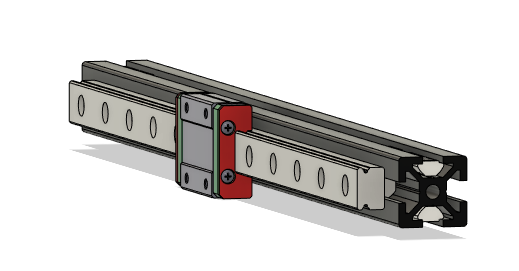
Which I guess I see as another benefit, if you’d like to reinforce that span, that orientation feels like it would be easier way to be able to attach some extrusion.
Having the extrusion there also gives a landing spot for cable chain if you’re not doing CAN and looking for a wiring path.
The vertical orientation with the plate mount on the front also feels like it would be easier to make a custom mount/adapter for anyone using a toolhead that is not part of the official offering.
It also feels like vertical orientation also makes it easier for anyone, if 2020 extrusion exists there, to potentially forego the linear rails if they can’t source them for a reasonable price and use POM wheels and a carriage there if they wanted instead.
So, my original “vote” was more so just saying “I like that” because your picture at that time had it oriented in the vertical direction, which happened to align with my preference
But there’s no real reason other than the feels. The only 3D printer I’ve ever used has a 300mm piece of extrusion with a POM wheel carriage in X, so I can’t really say for sure how much any of that matters with the rails.

